
by Ria Olivier | Sep 18, 2020 | Announcement, Current Event, Environment, Marion Island
 Department of Environment Forestry and Fisheries Media Release: International wildlife documentary series to be filmed on Marion Island – 16 September 2020
Department of Environment Forestry and Fisheries Media Release: International wildlife documentary series to be filmed on Marion Island – 16 September 2020

by Ria Olivier | Aug 21, 2020 | Antarctica, Gough Island, Marion Island, SANAP

 A friend of mine once told me that I am a borne civil servant, and it turns out she was right. Although I got accepted at the University of the Free State to study civil engineering after I matriculated, at the time my parents lacked the financial means for me to go through with it, and so started my career in the civil service at the Department of Public Works in Bloemfontein. One year later I was awarded a study bursary, and completed a four-year part-time qualification in Public Management and Administration at the Free State Technikon. In 2000 I was promoted, relocated to Cape Town, and joined the Department of Environmental Affairs and Tourism. This was the best decision I ever made. (Image left: Gough Island – Image right: Marion Island)
A friend of mine once told me that I am a borne civil servant, and it turns out she was right. Although I got accepted at the University of the Free State to study civil engineering after I matriculated, at the time my parents lacked the financial means for me to go through with it, and so started my career in the civil service at the Department of Public Works in Bloemfontein. One year later I was awarded a study bursary, and completed a four-year part-time qualification in Public Management and Administration at the Free State Technikon. In 2000 I was promoted, relocated to Cape Town, and joined the Department of Environmental Affairs and Tourism. This was the best decision I ever made. (Image left: Gough Island – Image right: Marion Island)


 (Images L-R: offloading at SANAE depot – SANAE helipad Neumayer delegation – Day trip to Neumayer)
(Images L-R: offloading at SANAE depot – SANAE helipad Neumayer delegation – Day trip to Neumayer)
So, working in procurement and supply chain management at the Directorate: Antarctica and Islands, I became part of the SANAP family (that was the spirit in those days). My first opportunity to participate in the South African National Antarctic Programme came in 2002, and to Antarctica no less. Thrown in at the deep end, as part of fast-tracking the next generation of DCO’s, I was on my way to SANAE. During the next few years, I participated (and coordinated) in relief voyages to SANAE, Marion Island, and Gough Island. I was incredibly lucky to be mentored by people such as Henry Valentine, Adriaan Dreyer, and Sam Oosthuizen. Their passion for the Programme was unmistaken and they taught me what SANAP was all about.


 (Images L-R: Initiation ceremony onboard the SA Agulhas – DEAT team Marion Island – Gough Island Captain’s visit)
(Images L-R: Initiation ceremony onboard the SA Agulhas – DEAT team Marion Island – Gough Island Captain’s visit)
Since my early years I had a keen interest in construction and that led me to end my career in the public sector, and in 2006 I ventured into the unknown. I knew that to successfully manage a business you have to learn from the bottom up. So, I enrolled for a plumbing qualification at a Northlink College. Suddenly I found myself in a man’s world, and it took some convincing to secure an apprenticeship. Despite being a woman in my mid-thirties I insisted on no preferential treatment, and for the following 6 months I was spending my days digging trenches and chasing walls. My efforts paid off, and months later I was the owner of that very same business!

 Turns out SANAP is my “Hotel California” and how true is the lyrics of the song. I checked out of my job at SANAP years earlier, but it seems I could never leave. In 2010 I placed everything on hold and jumped at the opportunity to spend the entire construction voyage (5 months) on Marion Island and to be one of the first occupants of the new Marion Island base. Appointed as Laboratory Manager by the CIB at Stellenbosch University, I coordinated the relocation and setup of the new laboratory facilities. Whilst on Marion, my passion for the Programme was rekindled and I vowed to return one day (one day turned out be 2019). Back home, and in between managing my own business, I enrolled at UNISA for a degree in Environmental Management. (Image top left: Marion Island construction voyage – Image top right: Time to relax with Hein Smith,Linda Clokie and Adriaan Dreyer).
Turns out SANAP is my “Hotel California” and how true is the lyrics of the song. I checked out of my job at SANAP years earlier, but it seems I could never leave. In 2010 I placed everything on hold and jumped at the opportunity to spend the entire construction voyage (5 months) on Marion Island and to be one of the first occupants of the new Marion Island base. Appointed as Laboratory Manager by the CIB at Stellenbosch University, I coordinated the relocation and setup of the new laboratory facilities. Whilst on Marion, my passion for the Programme was rekindled and I vowed to return one day (one day turned out be 2019). Back home, and in between managing my own business, I enrolled at UNISA for a degree in Environmental Management. (Image top left: Marion Island construction voyage – Image top right: Time to relax with Hein Smith,Linda Clokie and Adriaan Dreyer).
 When I look back, I realize how lucky I am to be able to draw on a wide range of expertise accumulated over the years. I honestly believe that you can do anything you put your mind to. Many people will insist that one needs to maintain a narrow focus to be successful, but I don’t agree with this view. Many of us have broad interests (this is certainly true for me), and I have lived most of my passions to the fullest. I am particularly proud of so far conquering two of the seven summits. My advice would be to live and pursue all of your interest to the fullest, and then push the boundaries and do even more. (Image left: Summit Mount Kilimanjaro).
When I look back, I realize how lucky I am to be able to draw on a wide range of expertise accumulated over the years. I honestly believe that you can do anything you put your mind to. Many people will insist that one needs to maintain a narrow focus to be successful, but I don’t agree with this view. Many of us have broad interests (this is certainly true for me), and I have lived most of my passions to the fullest. I am particularly proud of so far conquering two of the seven summits. My advice would be to live and pursue all of your interest to the fullest, and then push the boundaries and do even more. (Image left: Summit Mount Kilimanjaro).
I still participate in SANAP whenever possible, the most recent trip being the 2019 Marion Island relief voyage.  Currently I live and work in Johannesburg, and under the supervision of Prof David Hedding (UNISA) I will complete my Hons in Geography this year. My project is linked to Marion Island spatial data – full circle back to SANAP.
Currently I live and work in Johannesburg, and under the supervision of Prof David Hedding (UNISA) I will complete my Hons in Geography this year. My project is linked to Marion Island spatial data – full circle back to SANAP.
Text and images supplied by Sandra Durand (ALSA will submit these images to the digital archive)

by Ria Olivier | May 22, 2020 | Antarctica, Gough Island, Marion Island, SANAP, sub-Antarctic
 Otto Whitehead is an ecologist who enjoys making films about people and nature. The Antartic Legacy of South Africa(ALSA) shows his video’s during public lectures and South Africa National Antarctic programme (SANAP) overwinter team training . These video’s and images of Otto Whitehead are a huge contribution in promoting and preserving South Africa’s Legacy of the Antarctic region.
Otto Whitehead is an ecologist who enjoys making films about people and nature. The Antartic Legacy of South Africa(ALSA) shows his video’s during public lectures and South Africa National Antarctic programme (SANAP) overwinter team training . These video’s and images of Otto Whitehead are a huge contribution in promoting and preserving South Africa’s Legacy of the Antarctic region.
What is your involvement with SANAP?
I was privileged to overwinter on Marion Island in 2011/12 as a seabird researcher, which to date has been the most profound experience of my life. I collected data towards a PhD on the foraging ecology of crested penguins, which I completed in 2017. I have since remained involved in the sub-Antarctic community through a post-doctoral fellowship at the South African National Biodiversity Institute where I led the sub-Antarctic chapter of the 2018 National Biodiversity Assessment.

 In 2017, I assisted National Geographic photographer Thomas Peschak on a shoot to document Marion Island’s incredible seabird diversity, during which we received enormous support from SANAP. Images from the trip were published in the July 2018 issue of National Geographic Magazine as part of a global seabird story. (On Marion Island left: Thomas Peschak, right: Otto Whitehead )
In 2017, I assisted National Geographic photographer Thomas Peschak on a shoot to document Marion Island’s incredible seabird diversity, during which we received enormous support from SANAP. Images from the trip were published in the July 2018 issue of National Geographic Magazine as part of a global seabird story. (On Marion Island left: Thomas Peschak, right: Otto Whitehead )


 (Images during 2011/2012 on Marion Island. L-R: Ice Plateau, Amphitheatre, Mascarin Summit)I have also really enjoyed being able to share my images and video from my time on Marion with initiatives promoting the conservation of this special part of the planet, such as Mouse Free Marion and the new Sentinels of the South exhibition at the Iziko Museum and the ALSA digital repository.
(Images during 2011/2012 on Marion Island. L-R: Ice Plateau, Amphitheatre, Mascarin Summit)I have also really enjoyed being able to share my images and video from my time on Marion with initiatives promoting the conservation of this special part of the planet, such as Mouse Free Marion and the new Sentinels of the South exhibition at the Iziko Museum and the ALSA digital repository.
How did you get interested in photography and film-making?

Otto in Peru
I’m one of those types who have always admired Sir David Attenborough documentaries, so when I found out I was going to Marion I knew I had to get a camera. I used 10 months worth of savings earned sorting freshwater invertebrates under a microscope to buy a Canon 550D – one of the first “cheapie” SLRs to have video. I took full advantage of its option to record moving images and was soon learning how to edit films so I could share my experiences with friends and family back on the continent. This flame very quickly evolved into a veld fire and I became convinced that I was going to spend the rest of my life telling science and conservation stories. Since then I have been fortunate to work with Thomas Peschak on six National Geographic assignments to all sorts of weird and wonderful corners of the planet. These trips have greatly deepened my love for ecology and storytelling.
What is your advice to early career scientists and science communicators?

Marion 68 2011/2012
Marion Island remains the most incredible place I’ve ever been to, partly because of the sheer isolation for an extended period of time. It really gives you time to think and exposes you to a realm of wildness that cannot easily be found. If you ever get the opportunity to do research or work on Marion or Gough or in the Antarctic, take it with arms wide open! You’ll learn and grow so much more than you could ever know.
Visit Otto’s website www.ottowhitehead.com and Instagram @ottowhitehead (Text and images supplied by Otto Whitehead. Teamphoto from SANAP website)

Macaroni Penguin

Yellow-nosed Albatross

by Ria Olivier | May 20, 2020 | Invasion Biology, Marion Island, Research, SANAP, Science, STEM
 I grew up in Hermannsburg, a small village in KwaZulu-Natal, which has a school, lots of space to roam and explore, and not much else. Growing up outdoors (and having a passionate biology-teacher-father) sparked my interest in the natural sciences – and I have had the privilege of pursuing a career in the field. I completed my undergraduate degree at Stellenbosch University.
I grew up in Hermannsburg, a small village in KwaZulu-Natal, which has a school, lots of space to roam and explore, and not much else. Growing up outdoors (and having a passionate biology-teacher-father) sparked my interest in the natural sciences – and I have had the privilege of pursuing a career in the field. I completed my undergraduate degree at Stellenbosch University.
In my third-year I saw an advert for a Marion Island-based honours project being advertised by a new lecturer in our department, Steven Chown. From a young age I had had the dream of visiting the island, so I had to apply for the honours position for the chance to visit the island! And visit the island I did – for a four-week take-over during my honours year. This was a seminal experience for me: I had never been to a place so remote, so wild, so volcanic (and so windy and cold)! Also, I got out of the year more than a visit to Marion Island; I was exposed the field of biogeography: the study of how biodiversity is distributed in space and time – a new interest developed for me.

 I continued pursuing an MSc and PhD in the biogeography of birds and plants in Africa: somewhat warmer and greener places (I completed these degrees in Stellenbosch and in Denmark respectively). Here I developed my second passion: savanna ecology. After taking up my position in the Plant and Soil Sciences Department at the University of Pretoria in 2013, I had a renewed opportunity to get involved in the sub-Antarctic sciences when I was awarded a SANAP grant.
I continued pursuing an MSc and PhD in the biogeography of birds and plants in Africa: somewhat warmer and greener places (I completed these degrees in Stellenbosch and in Denmark respectively). Here I developed my second passion: savanna ecology. After taking up my position in the Plant and Soil Sciences Department at the University of Pretoria in 2013, I had a renewed opportunity to get involved in the sub-Antarctic sciences when I was awarded a SANAP grant.


 Much of the work that we have been doing on Marion Island deals with invasive species (especially plants) and what determines their distribution and success. Even though sub-Antarctic islands like Marion Island are some of the most isolated places on Earth, they have not been totally spared from human activities. Invasive species constitute one of the largest threats to the islands. These have mostly been introduced accidentally in e.g. building rubble, stuck in people’s shoes or the Velcro of their jackets, or in food supplies. Not all exotic species that have arrived at the islands have survived, but those that have, have often managed to spread and in some cases have had large negative impacts on the native species and ecosystem. Additionally, Marion Island is rapidly warming, and this is benefitting invasive species which are able to better survive under the mild conditions. How invasive species will be affected by climate change compared to native species forms a further particular interest. There is already some evidence of invasive species benefitting more than native species; but together with Prof Michael Cramer from UCT and Brad Ripley from Rhodes University, we are also studying how factors other than climate, e.g. soil characteristics, may limit the spread of invasive species, even under climate change. (image below during The POLAR2018 symposium in Davos, Siwtzerland)
Much of the work that we have been doing on Marion Island deals with invasive species (especially plants) and what determines their distribution and success. Even though sub-Antarctic islands like Marion Island are some of the most isolated places on Earth, they have not been totally spared from human activities. Invasive species constitute one of the largest threats to the islands. These have mostly been introduced accidentally in e.g. building rubble, stuck in people’s shoes or the Velcro of their jackets, or in food supplies. Not all exotic species that have arrived at the islands have survived, but those that have, have often managed to spread and in some cases have had large negative impacts on the native species and ecosystem. Additionally, Marion Island is rapidly warming, and this is benefitting invasive species which are able to better survive under the mild conditions. How invasive species will be affected by climate change compared to native species forms a further particular interest. There is already some evidence of invasive species benefitting more than native species; but together with Prof Michael Cramer from UCT and Brad Ripley from Rhodes University, we are also studying how factors other than climate, e.g. soil characteristics, may limit the spread of invasive species, even under climate change. (image below during The POLAR2018 symposium in Davos, Siwtzerland)

 There are many things I enjoy about my career. I am always learning more, and by conducting research, I am also contributing to new knowledge. As an ecologist, I enjoy the opportunities to see wild places all over South Africa and beyond, to understand how they function, and to hopefully contribute to their protection and appropriate management. I have also met, and made friends with, many wonderful, kind and intelligent people through my work. I especially enjoy the interactions I get to have with students: it is rewarding to see them develop skills and self-confidence, and learning from them as people who possess different world views from me, have skills different to mine, and in many cases overtake me in their scientific skills and knowledge.
There are many things I enjoy about my career. I am always learning more, and by conducting research, I am also contributing to new knowledge. As an ecologist, I enjoy the opportunities to see wild places all over South Africa and beyond, to understand how they function, and to hopefully contribute to their protection and appropriate management. I have also met, and made friends with, many wonderful, kind and intelligent people through my work. I especially enjoy the interactions I get to have with students: it is rewarding to see them develop skills and self-confidence, and learning from them as people who possess different world views from me, have skills different to mine, and in many cases overtake me in their scientific skills and knowledge.
“A research career is a varied and fulfilling career. Science can be used to make evidence-based decisions to improve society, and it accommodates many different ‘types’ of people: good writers, geeks, extroverts who can communicate science, teachers, modellers, outdoor-types, etc. A career in science will usually not make you very rich nor be without stress: it is competitive, often requires long hours and perseverance, and requires the scientist to excel at many different things and juggle several balls at once. However, the life of a scientist is interesting!”


Text and Images : Michelle Greve

by Ria Olivier | May 18, 2020 | Antarctica, Geomorphology, Marion Island, Research, Science
 David William Hedding was born in Johannesburg and grew in Benoni on the East Rand (please don’t hold it against me) before going to boarding school in Pretoria. After a year in Ireland, I returned to study for a BSc in Geoinformatics at the University of Pretoria but it wasn’t long before the call of the mountains ignited my passion for geomorphology. This led to a switch into a BSc (Hons) in Geography to focus on physical geography. This is where it all started and I spent most of 2003 on field trips to the Drakensberg, Lesotho, Namibia as well as Marion Island where I conducted my first real piece of research which was to be published several years later. That first trip to Marion Island was a truly amazing experience and was fortunate enough to share a room with Marthan Bester and experience the life in the old base with all its leaks and mice. Two current Principal Investigators were also students and field assistants on that take-over. (Images Top: Marion Island Ice Plateau. Below: On Marion Island (l-r): Junior’s Kop, Tafelberg, Mesrug )
David William Hedding was born in Johannesburg and grew in Benoni on the East Rand (please don’t hold it against me) before going to boarding school in Pretoria. After a year in Ireland, I returned to study for a BSc in Geoinformatics at the University of Pretoria but it wasn’t long before the call of the mountains ignited my passion for geomorphology. This led to a switch into a BSc (Hons) in Geography to focus on physical geography. This is where it all started and I spent most of 2003 on field trips to the Drakensberg, Lesotho, Namibia as well as Marion Island where I conducted my first real piece of research which was to be published several years later. That first trip to Marion Island was a truly amazing experience and was fortunate enough to share a room with Marthan Bester and experience the life in the old base with all its leaks and mice. Two current Principal Investigators were also students and field assistants on that take-over. (Images Top: Marion Island Ice Plateau. Below: On Marion Island (l-r): Junior’s Kop, Tafelberg, Mesrug )



In 2004/05, I overwintered on Marion Island to complete my MSc on the geomorphology of the Central Highland of Marion Island. This led to many, many nights up at Katedraalkrans and countless adventures into the interior and Ice Plateau. In 2006, I took up a lectureship in Mahikeng (NWU) and I participated in two summer take-overs to SANAE IV (2007 and 2008). After two good years at NWU, I moved to Unisa where I still work today. Between 2008 and 2012, I had somewhat of a hiatus from the South African National Antarctic Programme (SANAP). I used this time to complete my PhD which focused on pronival ramparts. In 2013, I was invited to join Prof. Werner Nel as part of the Geomorphology Group for a take-over. This return to working on Marion Island has led to several collaborations and I have consistently participated in take-overs since then as co-investigator of the Geomorphology Group. (Images below: Antarctica)



I truly love teaching and training students, but I enjoy research most of all. Gaining a better understanding of how earth surface processes operate, particularly in the context of climate change, is a never-ending quest. Climate change as well as the responses of landscapes to climate change impacts ecosystems so understanding these responses is crucial to get a clearer idea of what is currently happening on the island and elsewhere in the world. In addition, investigation of past landscape responses is also vitally important, and the Geomorphology Group is currently hard at work to reconstruct the glacial history of Marion Island. Currently, I am also the Principal Investigator of a NRF / NSFC funded grant with Chinese collaborators. This grant focuses on weathering and landscape evolution of basaltic fields and has led to several publications. I have also been extremely fortunate enough to have conducted research in New Zealand, Mauritius and Siberia and I have been involved in a little research on the transformation of the Higher Education sector in South Africa as well as the changing and challenging research landscape in South Africa. (Images below l-r: New Zealand, Siberia, Mauritius)



Through the South African National Antarctic Programme (SANAP), I have been lucky enough to have been mentored and supervised by Profs Paul Sumner and Ian Meiklejohn who provided me with many opportunities for which I will be eternally grateful. During various voyages I have met many inspiring scientists who are truly incredible people, many of whom I can call friends. In particular, I now have the privilege of working with a passionate team led by Prof. Werner Nel, who I have known for almost two decades. This close working relationship has led to several epic adventures to not only Marion Island but also to the Antarctic, Siberia, China and Mauritius. And over the years, I have also supervised some amazing students who have worked hard and succeeded. This aspect has been particularly rewarding. As a researcher, my aim is simply to do good science and I truly enjoy collaborating with others. The diversity of the research conducted within SANAP is one of its strengths. Several different projects have made great strides in providing a better understanding of different aspects of Marion Island and the Antarctic and the integration of this research has the ability provide a better understanding of how these environments operate, as a whole, in a changing world. Research is difficult and hardly ever turns out exactly as planned, 2020 is a prime example of this. So, my advice to fellow early career scientists is to collaborate as much as possible, particularly with researchers in other disciplines and projects. Then to those post-graduate students out there, just persevere and do the best you can in these trying times. COVID-19 is impacting everyone so colleagues and students alike need to look after their physical and mental health and hopefully we will all be able to return to our field sites in the near future to conduct the work we love.



Unisa’s Associate Professor David Hedding, from the Department of Geography in the College of Agriculture and Environmental Sciences (CAES), is one of the recipients of the 2019 Chancellor’s Awards for Excellence in Research. This award is a way of recognising those who strive for excellence in research and the prize is regarded as the most prestigious for research and innovation at Unisa. Hedding has received the same award more than once.
Text: David Hedding. Photo credits: David Hedding. Cover Photo taken in Siberia.

by Ria Olivier | May 13, 2020 | Current Event, Marion Island, News, Overwintering Team, SA Agulhas II, SANAP, Uncategorised
 It is the first time in the history of the National Antarctic Programme of South Africa(SANAP) that there were no family and friends to wave farewell to M77 overwintering team members for the Department of Environment, Forestry and Fisheries offices of Oceans and Coast at East Pier at The Victoria and Alfred Waterfront in Cape Town. The S. A. Agulhas II departed with only crew and a very reduced team and a few takeover personnel. Judy Beaumont farewell speech is available on the digital repository.
It is the first time in the history of the National Antarctic Programme of South Africa(SANAP) that there were no family and friends to wave farewell to M77 overwintering team members for the Department of Environment, Forestry and Fisheries offices of Oceans and Coast at East Pier at The Victoria and Alfred Waterfront in Cape Town. The S. A. Agulhas II departed with only crew and a very reduced team and a few takeover personnel. Judy Beaumont farewell speech is available on the digital repository.
The same scenario will happen when M76 return to Cape Town at the end of the week. When M76 departed for Marion in 2019 there were many family, colleagues and friends to say goodbye, but when they return by the end of the week there will not be family and friends to welcome them back after more than a year on Marion Island. COVID-19 pandemic has an influence on SANAP logistics, science and research.


Before the M76 team members left on Marion there were a few goodbyes before taken by Ultimate Heli to the S.A. Agulhas II. Three team members from Marion 76 is staying behind to complete the few personnel that will be staying on Marion Island. Foto above- left: Marius(M76), Khulisa (M77) and gerald(M76) Foto above right: Philane(M77) and Gerald(M76).

Philane, Nkoane, Khuliso of M77

Marion Helipad with S.A. Agulhas II in the back on its way to Cape Town.
Bye end of week we would like to welcome Marion 76 back in Cape Town!
All the best Marion 77!
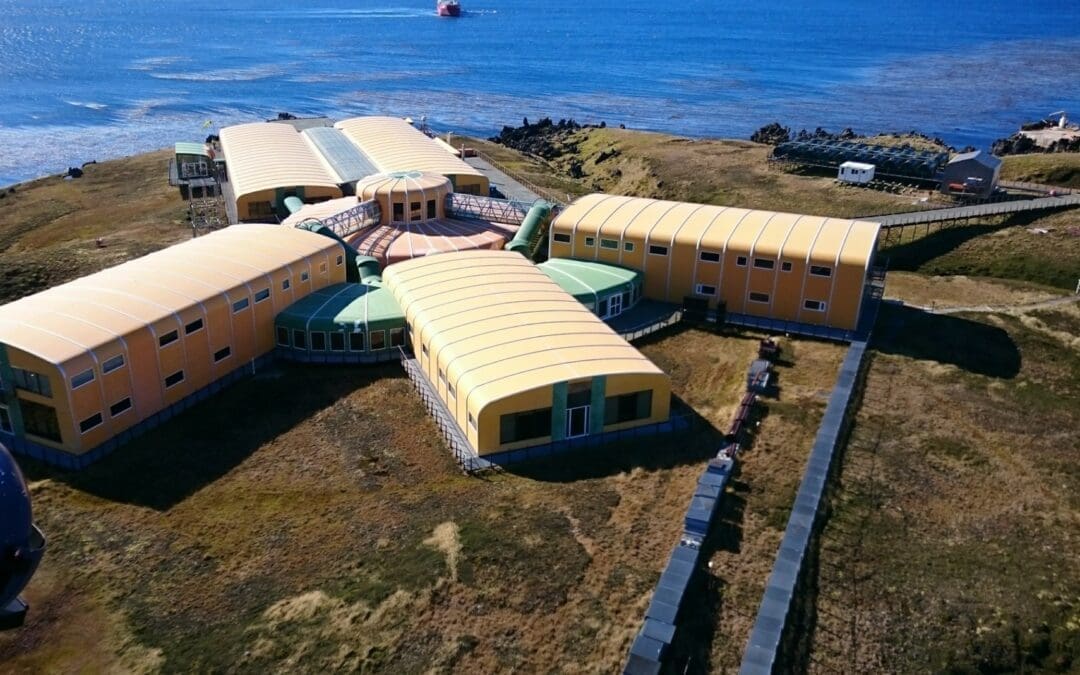
 Department of Environment Forestry and Fisheries Media Release: International wildlife documentary series to be filmed on Marion Island – 16 September 2020
Department of Environment Forestry and Fisheries Media Release: International wildlife documentary series to be filmed on Marion Island – 16 September 2020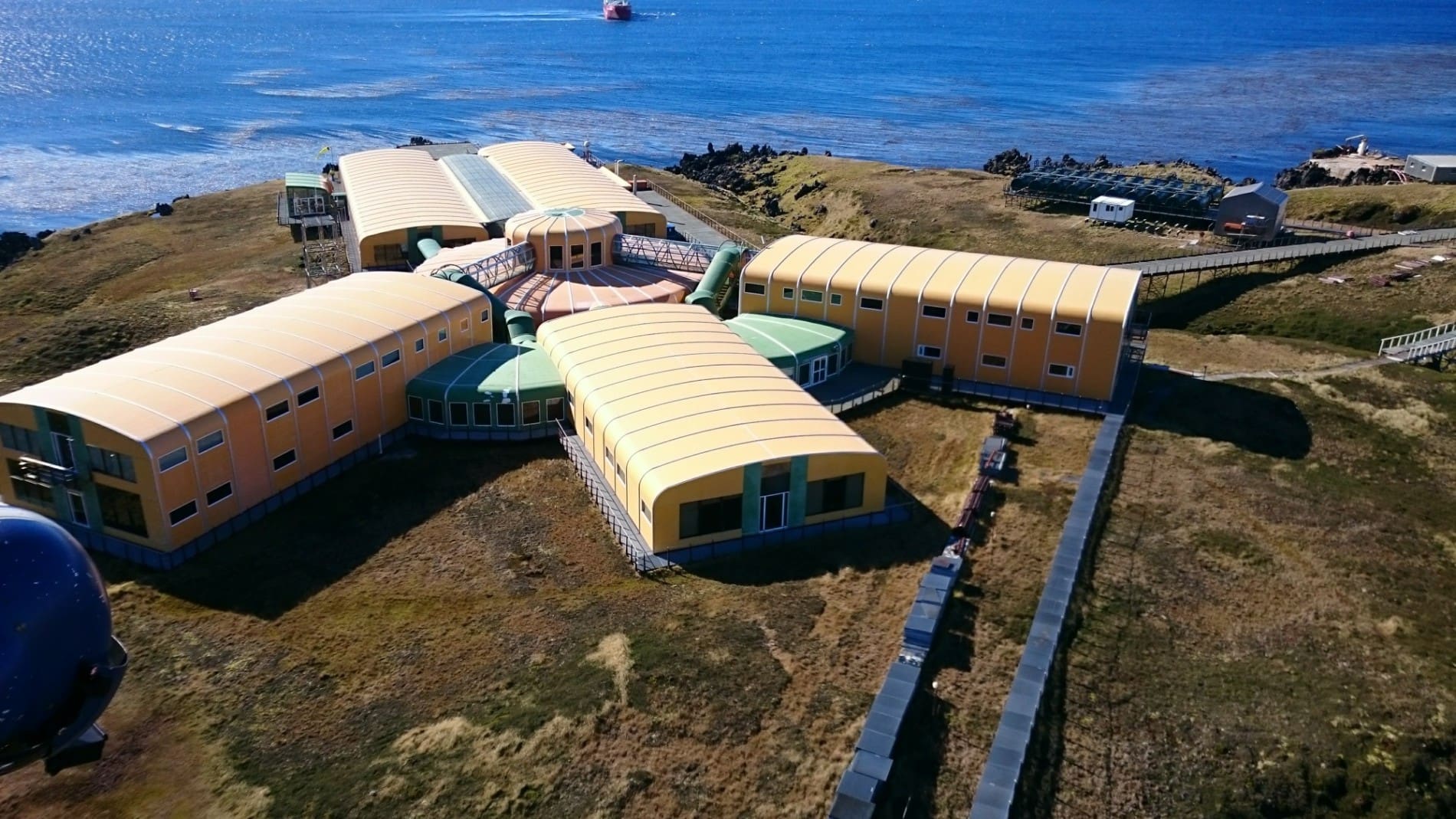 Following a rigorous approval process that involved key stakeholders, the Department of Environment, Forestry and Fisheries (DEFF) has approved a proposal by the United Kingdom (UK) based film and production company, Plimsoll Productions, to film a wildlife documentary series on Marion Island.
Following a rigorous approval process that involved key stakeholders, the Department of Environment, Forestry and Fisheries (DEFF) has approved a proposal by the United Kingdom (UK) based film and production company, Plimsoll Productions, to film a wildlife documentary series on Marion Island.
 Department of Environment Forestry and Fisheries Media Release: International wildlife documentary series to be filmed on Marion Island – 16 September 2020
Department of Environment Forestry and Fisheries Media Release: International wildlife documentary series to be filmed on Marion Island – 16 September 2020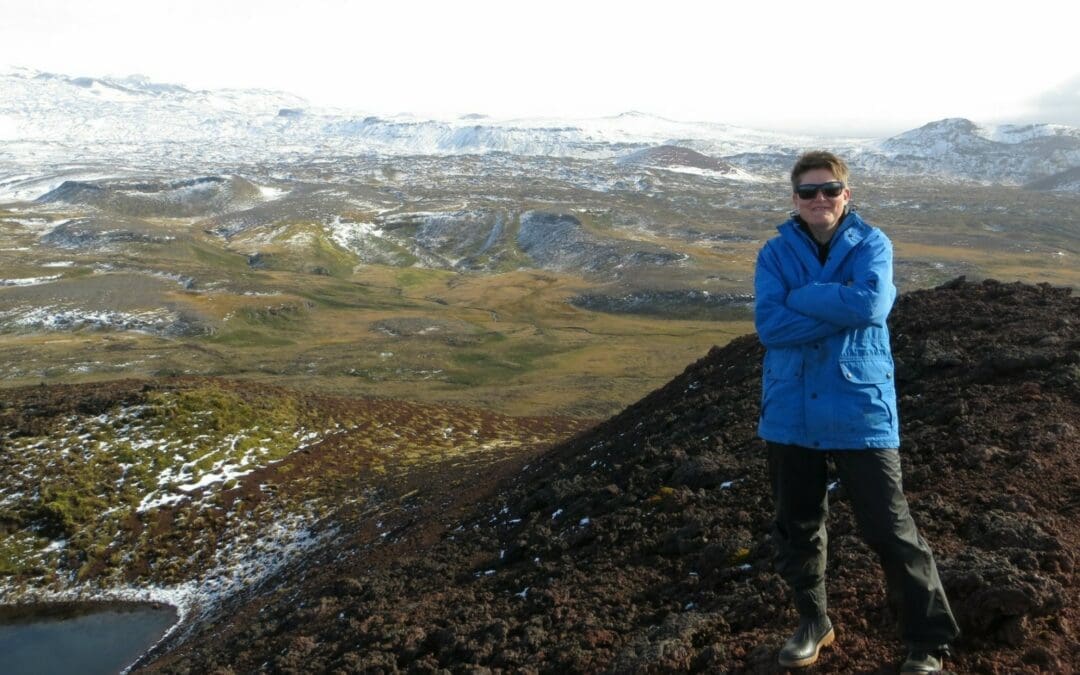

 A friend of mine once told me that I am a borne civil servant, and it turns out she was right. Although I got accepted at the
A friend of mine once told me that I am a borne civil servant, and it turns out she was right. Although I got accepted at the 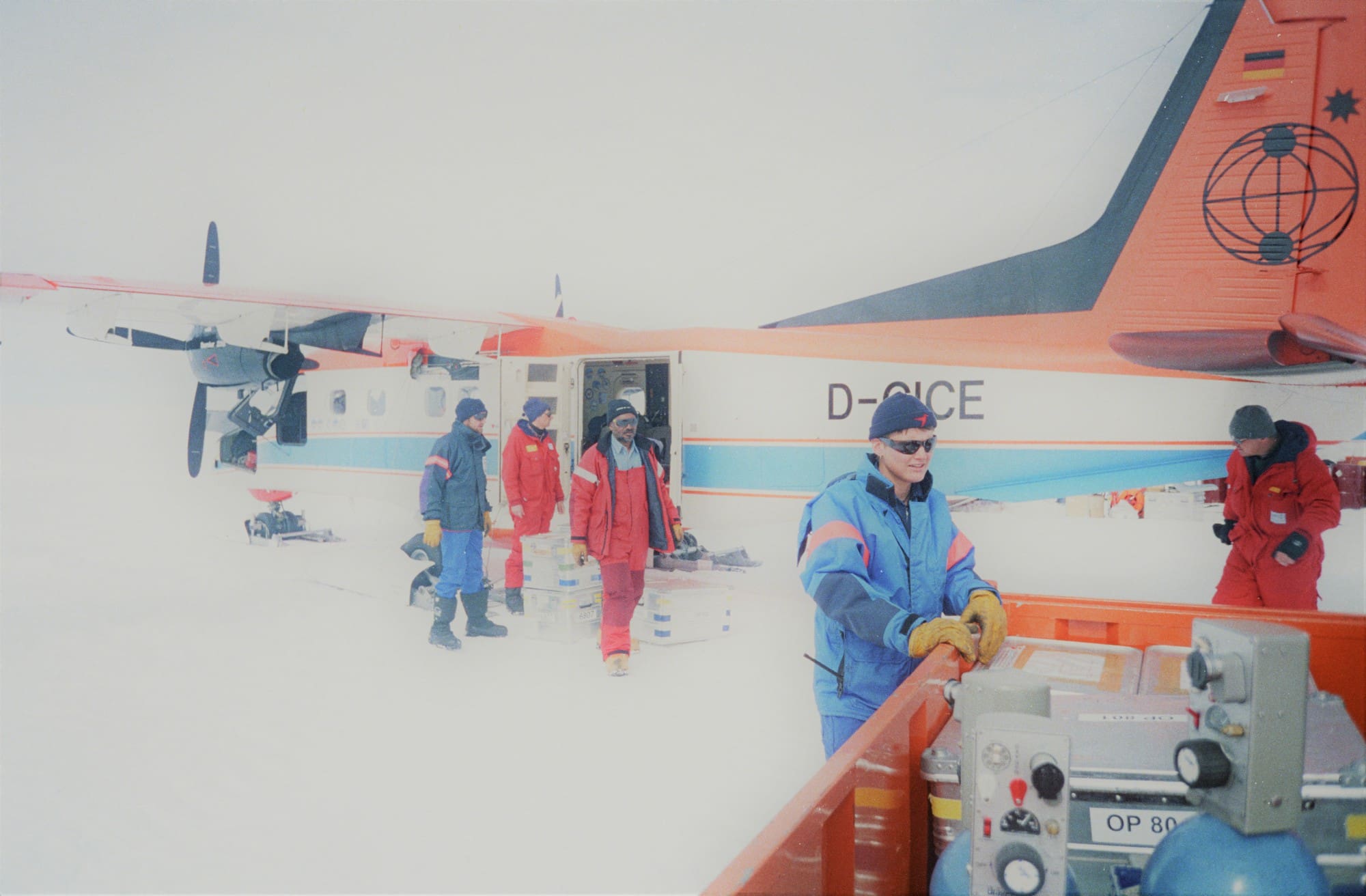

 (Images L-R: offloading at SANAE depot – SANAE helipad Neumayer delegation – Day trip to Neumayer)
(Images L-R: offloading at SANAE depot – SANAE helipad Neumayer delegation – Day trip to Neumayer)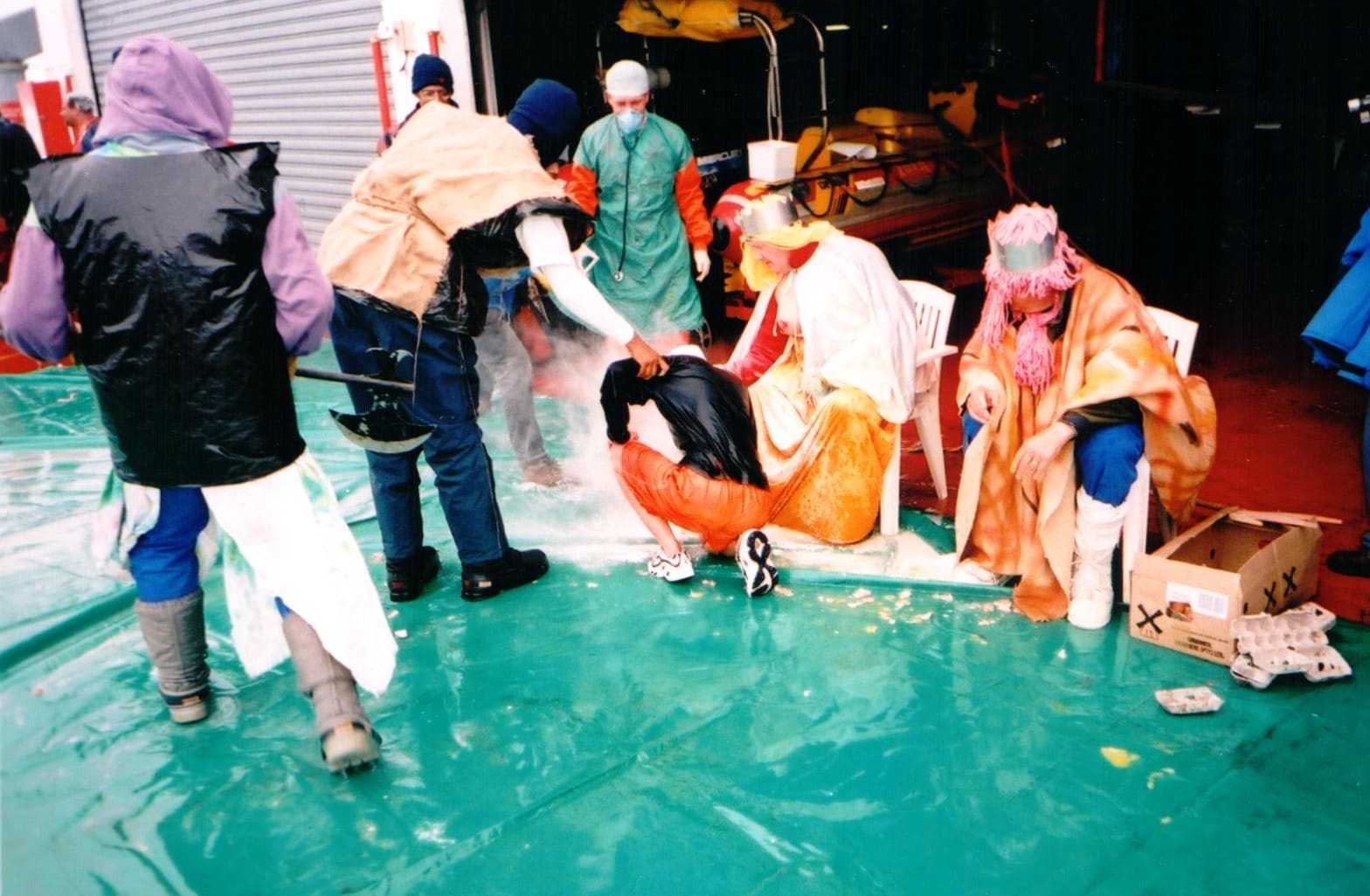
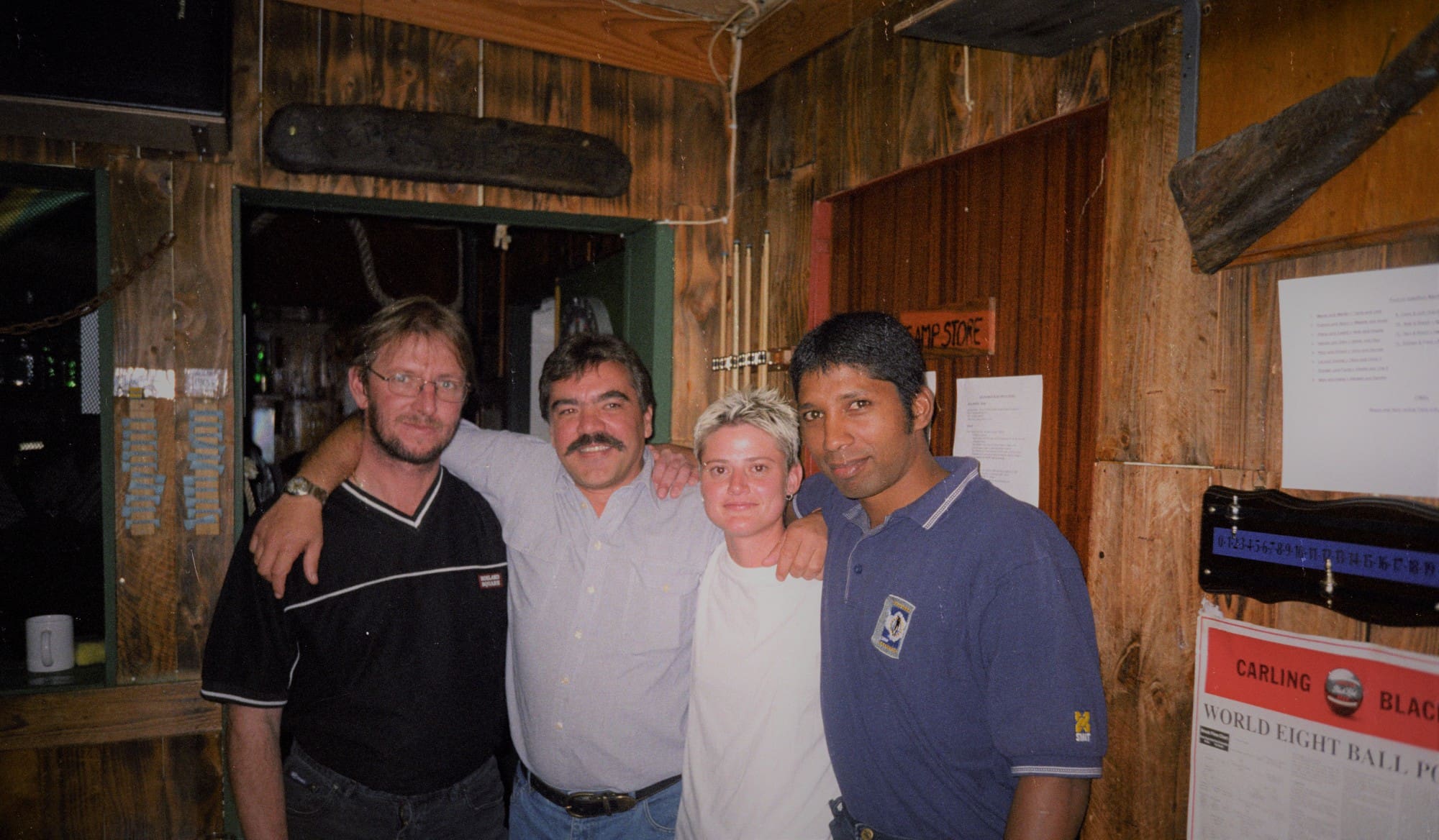
 (Images L-R: Initiation ceremony onboard the
(Images L-R: Initiation ceremony onboard the 
 Turns out SANAP is my “
Turns out SANAP is my “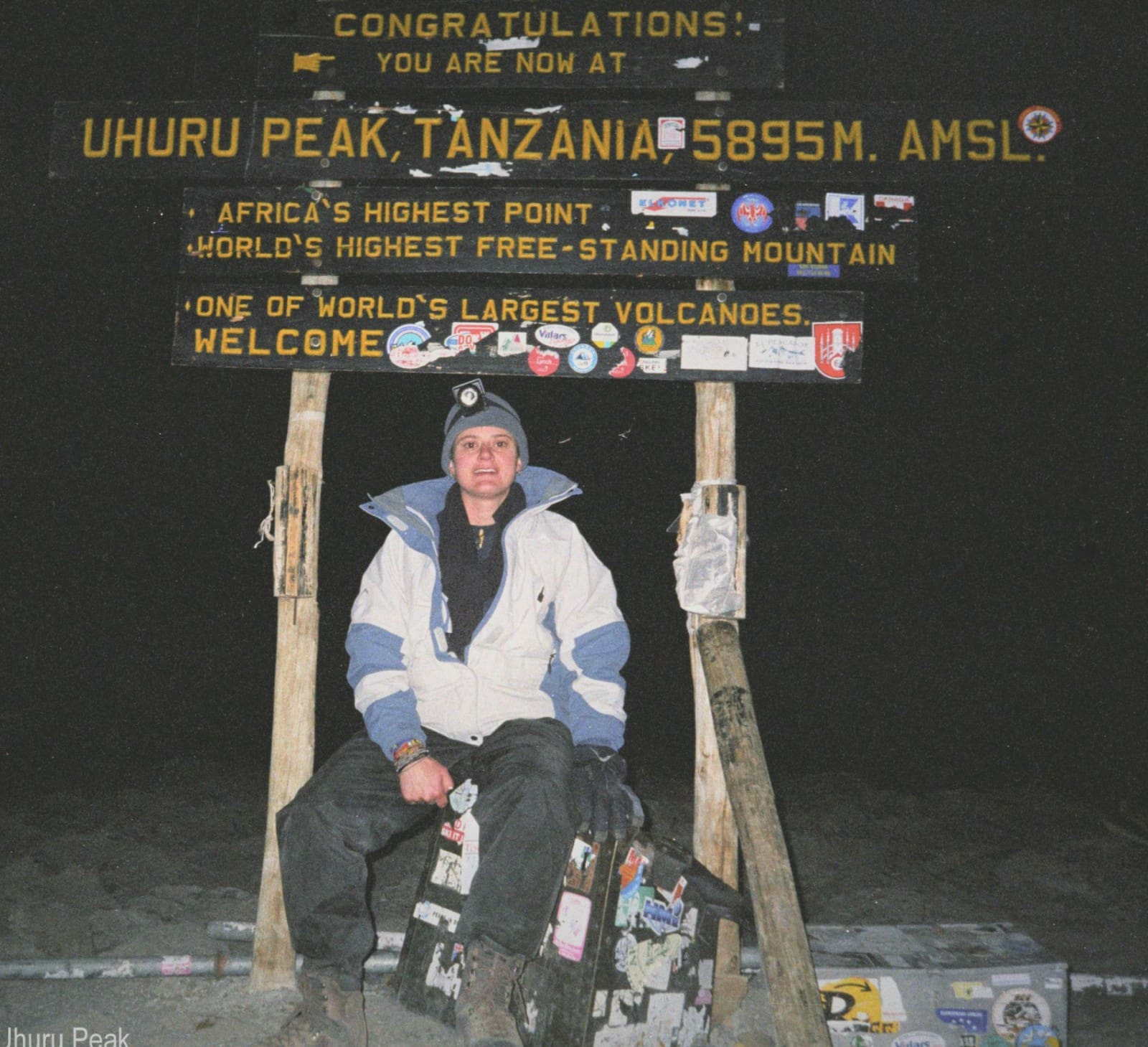 When I look back, I realize how lucky I am to be able to draw on a wide range of expertise accumulated over the years. I honestly believe that you can do anything you put your mind to. Many people will insist that one needs to maintain a narrow focus to be successful, but I don’t agree with this view. Many of us have broad interests (this is certainly true for me), and I have lived most of my passions to the fullest. I am particularly proud of so far conquering two of the seven summits. My advice would be to live and pursue all of your interest to the fullest, and then push the boundaries and do even more. (Image left:
When I look back, I realize how lucky I am to be able to draw on a wide range of expertise accumulated over the years. I honestly believe that you can do anything you put your mind to. Many people will insist that one needs to maintain a narrow focus to be successful, but I don’t agree with this view. Many of us have broad interests (this is certainly true for me), and I have lived most of my passions to the fullest. I am particularly proud of so far conquering two of the seven summits. My advice would be to live and pursue all of your interest to the fullest, and then push the boundaries and do even more. (Image left: 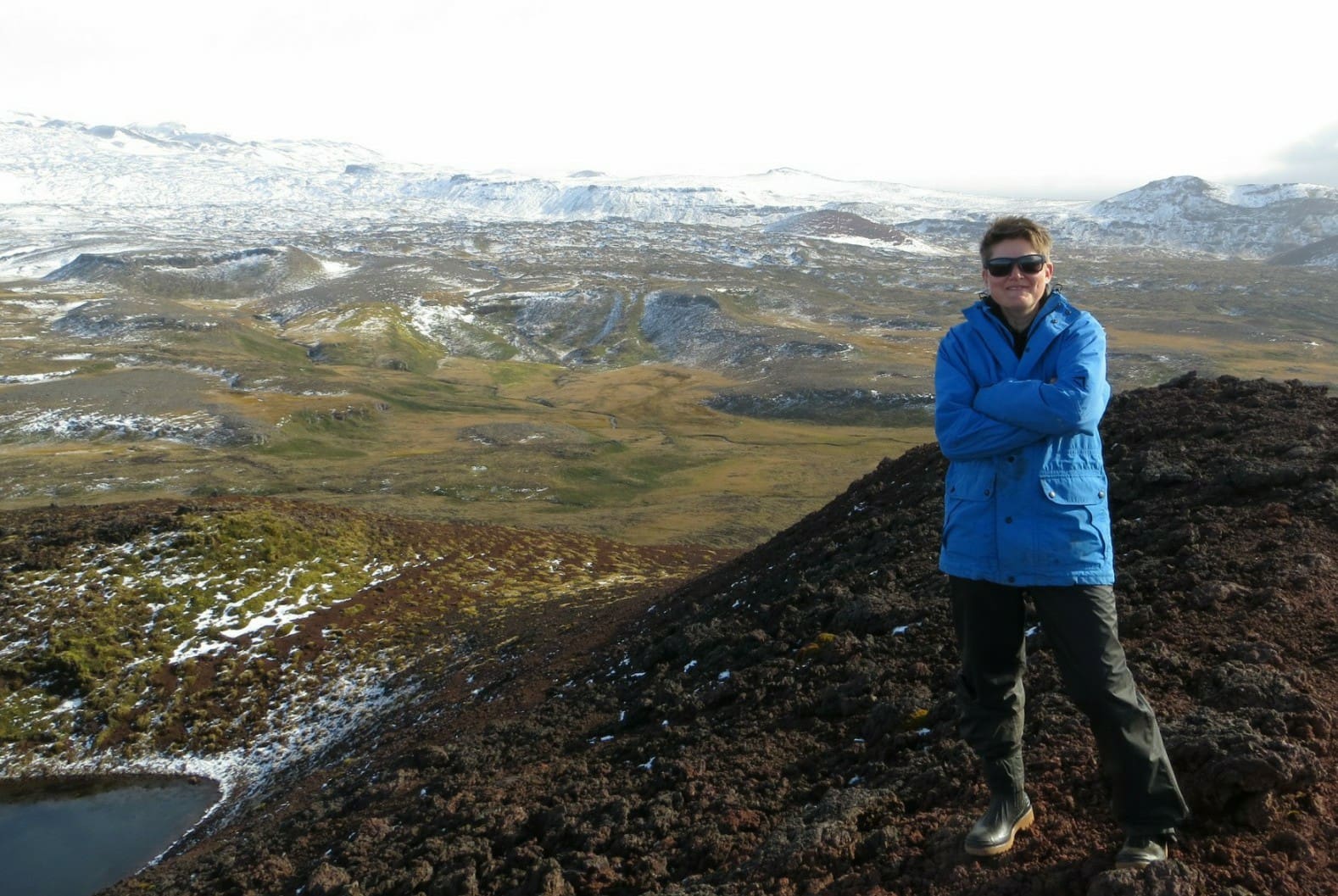 Currently I live and work in Johannesburg, and under the supervision of
Currently I live and work in Johannesburg, and under the supervision of 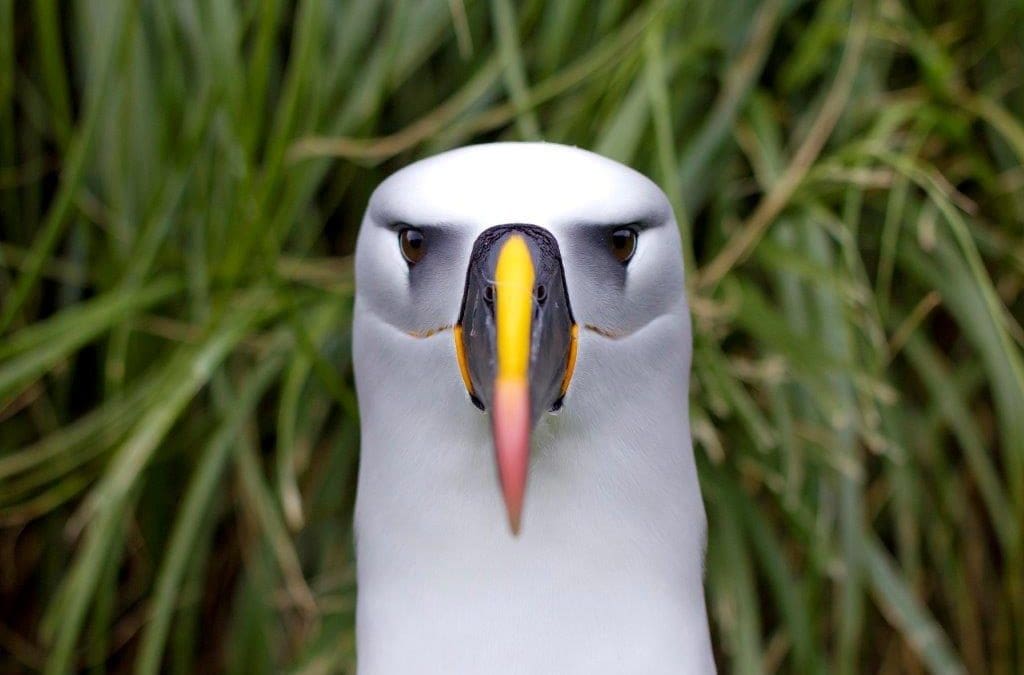
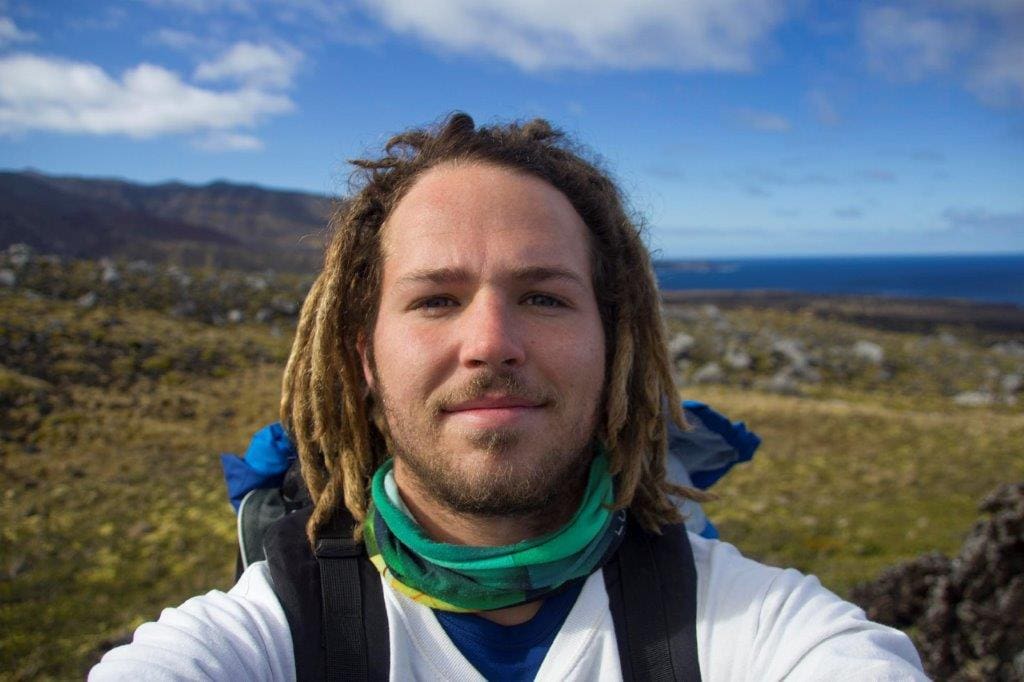
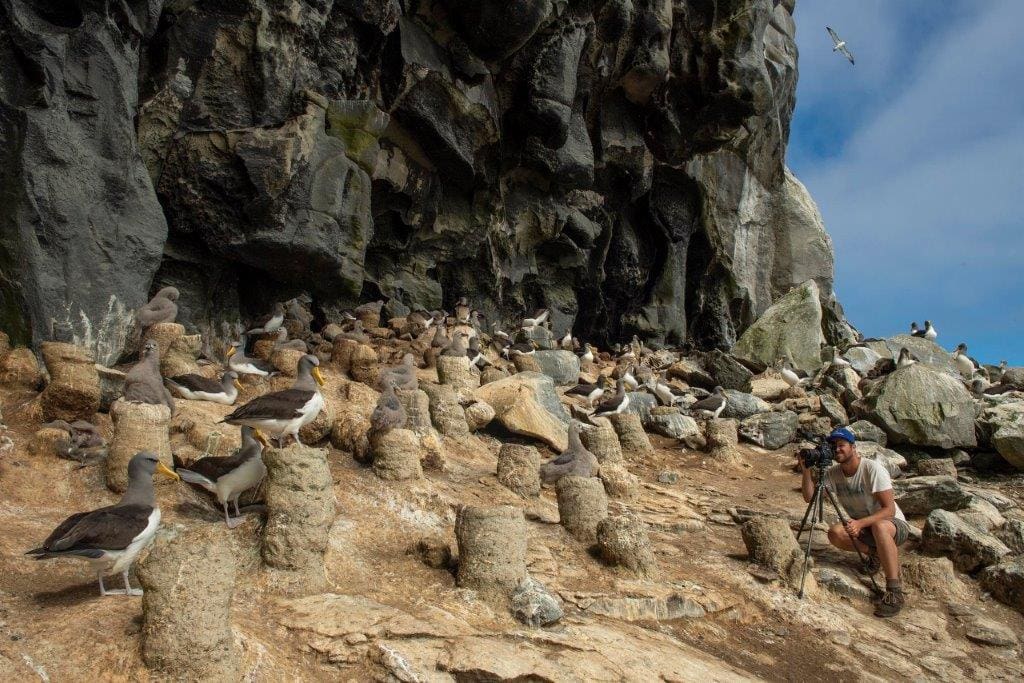
 In 2017, I assisted National Geographic photographer Thomas Peschak on a shoot to document Marion Island’s incredible seabird diversity, during which we received enormous support from SANAP. Images from the trip were published in the July 2018 issue of
In 2017, I assisted National Geographic photographer Thomas Peschak on a shoot to document Marion Island’s incredible seabird diversity, during which we received enormous support from SANAP. Images from the trip were published in the July 2018 issue of 

 (Images during 2011/2012 on Marion Island. L-R: Ice Plateau, Amphitheatre, Mascarin Summit)I have also really enjoyed being able to share my images and
(Images during 2011/2012 on Marion Island. L-R: Ice Plateau, Amphitheatre, Mascarin Summit)I have also really enjoyed being able to share my images and 



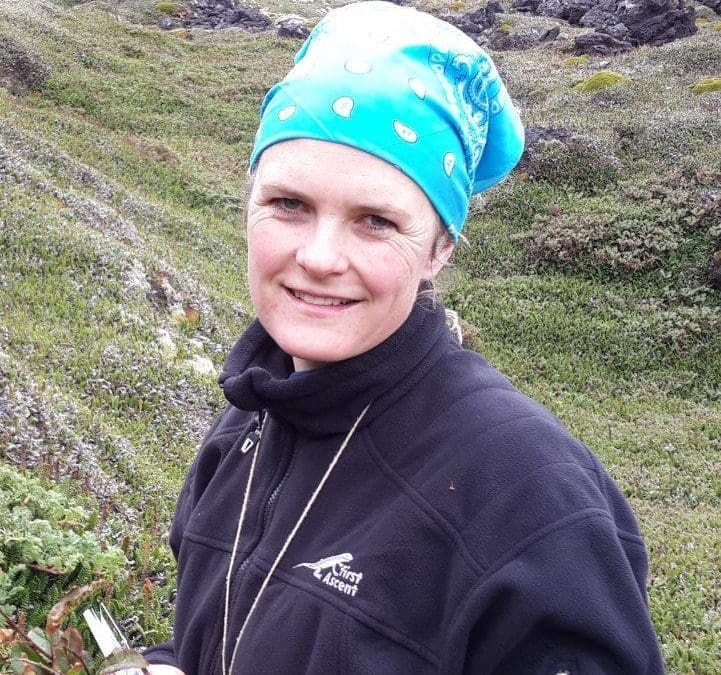
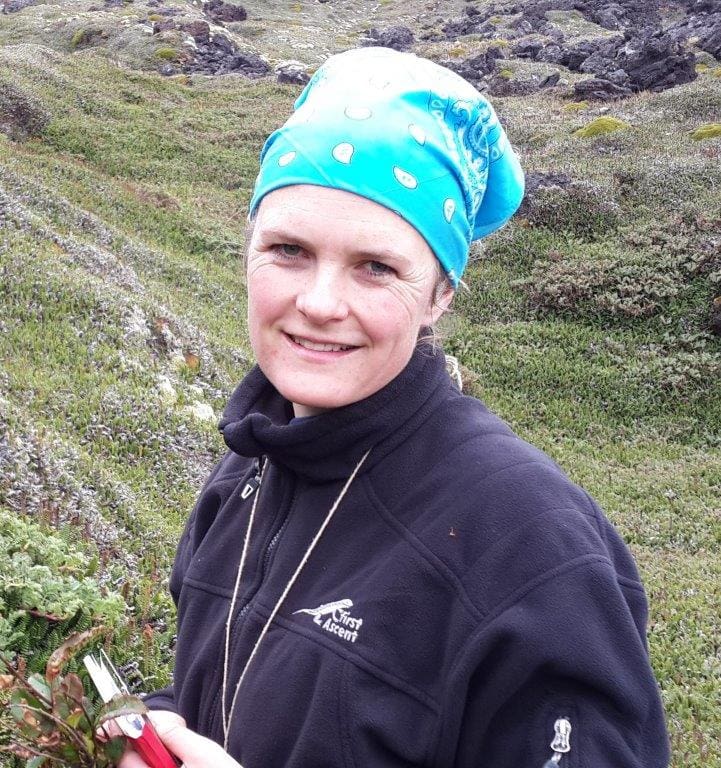 I grew up in
I grew up in 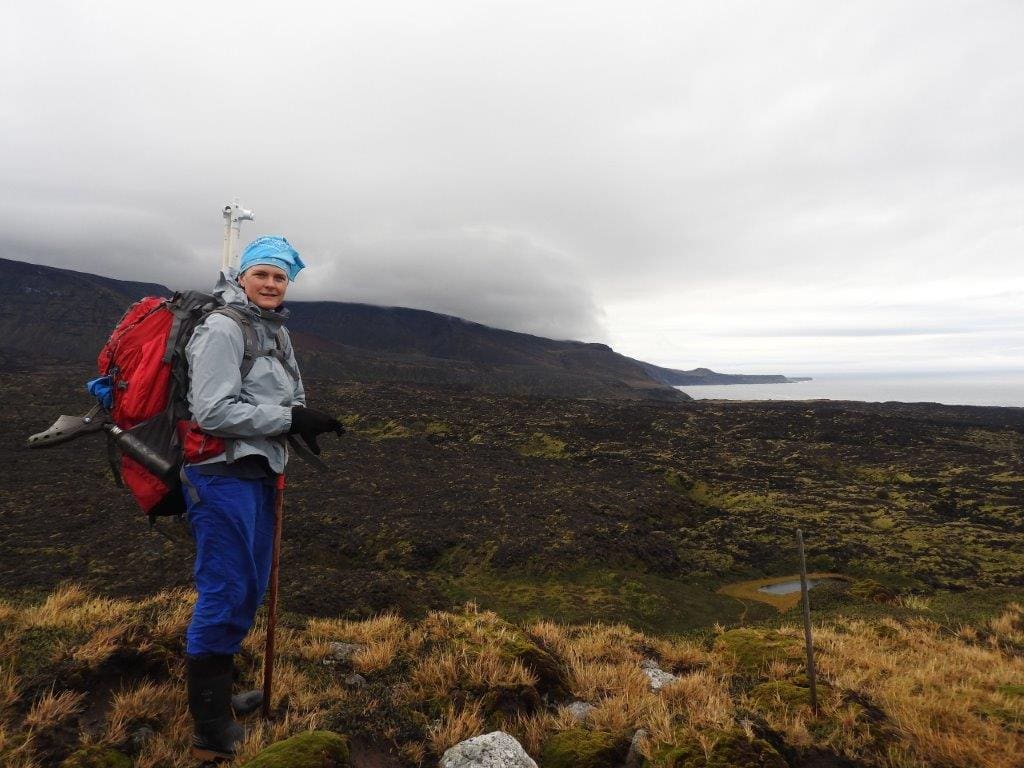
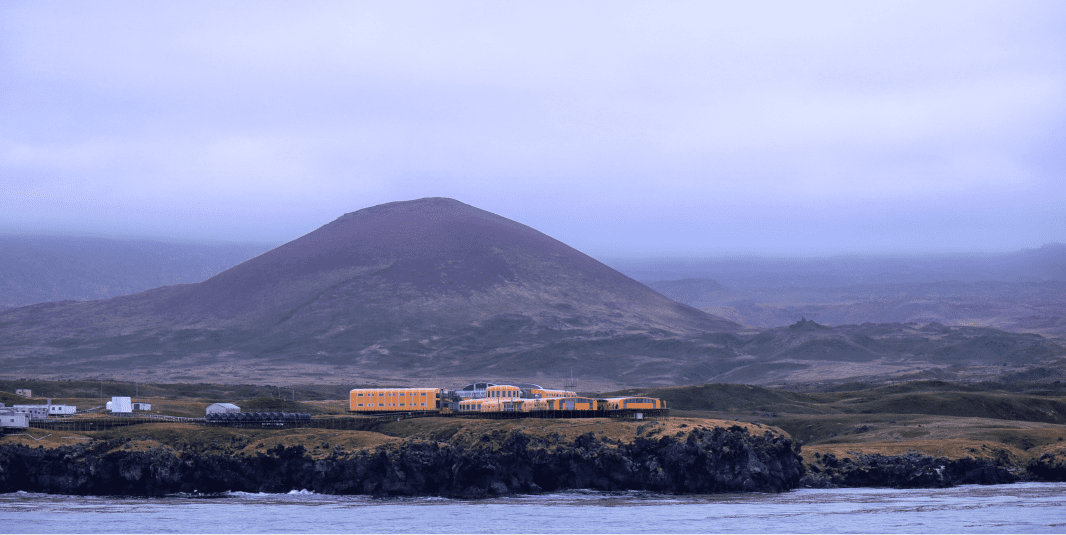 I continued pursuing an MSc and PhD in the biogeography of birds and plants in Africa: somewhat warmer and greener places (I completed these degrees in Stellenbosch and in Denmark respectively). Here I developed my second passion: savanna ecology. After taking up my position in the
I continued pursuing an MSc and PhD in the biogeography of birds and plants in Africa: somewhat warmer and greener places (I completed these degrees in Stellenbosch and in Denmark respectively). Here I developed my second passion: savanna ecology. After taking up my position in the 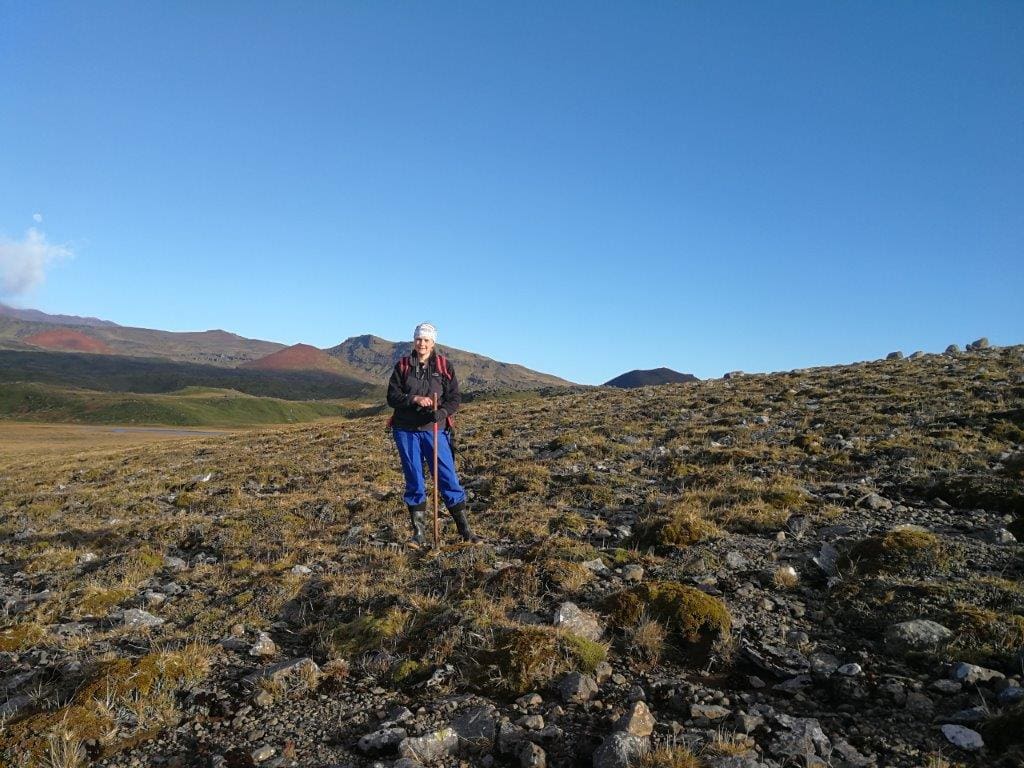
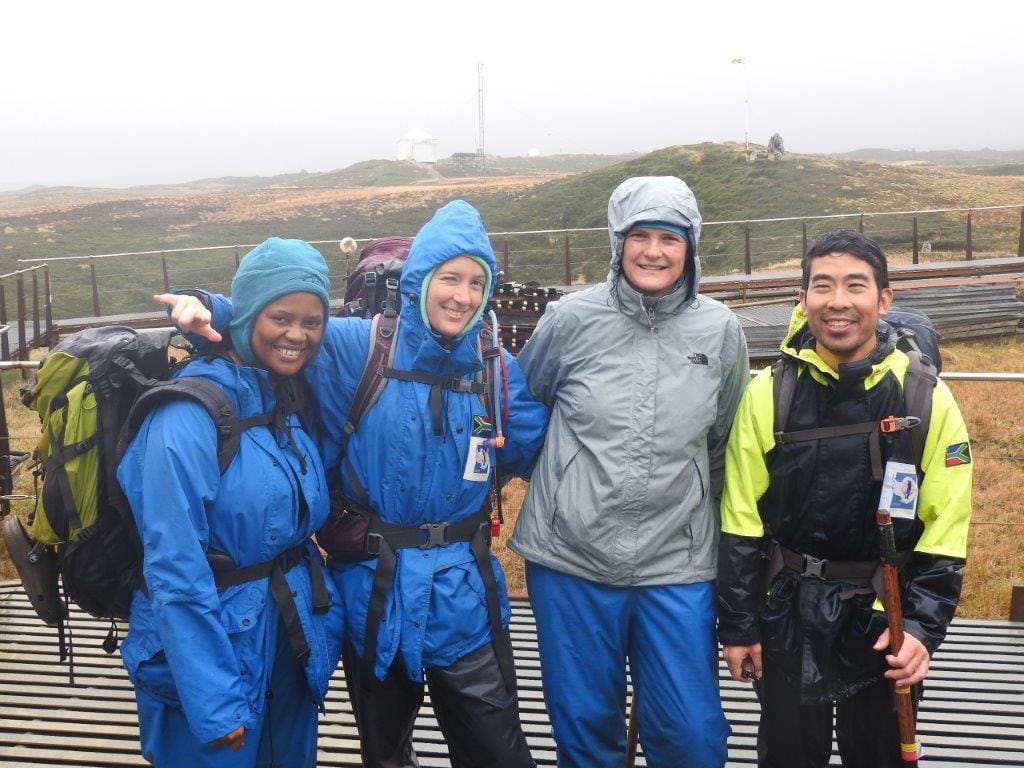
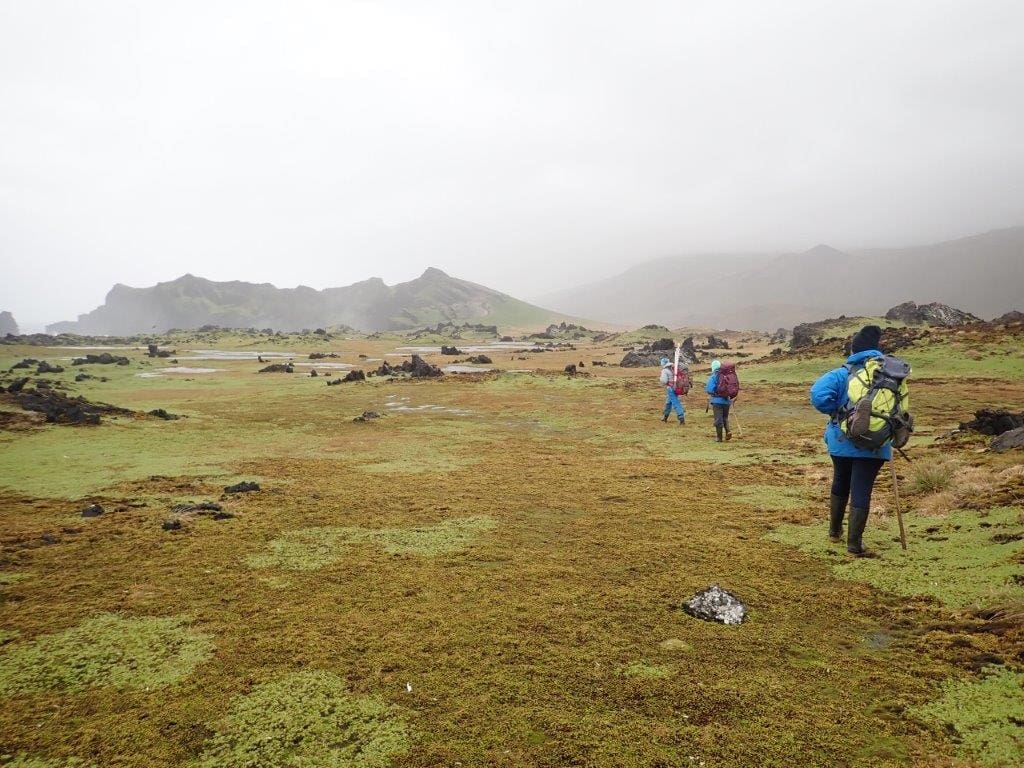 Much of the work that we have been doing on Marion Island deals with invasive species (especially plants) and what determines their distribution and success. Even though sub-Antarctic islands like Marion Island are some of the most isolated places on Earth, they have not been totally spared from human activities. Invasive species constitute one of the largest threats to the islands. These have mostly been introduced accidentally in e.g. building rubble, stuck in people’s shoes or the Velcro of their jackets, or in food supplies. Not all exotic species that have arrived at the islands have survived, but those that have, have often managed to spread and in some cases have had large negative impacts on the native species and ecosystem. Additionally, Marion Island is rapidly warming, and this is benefitting invasive species which are able to better survive under the mild conditions. How invasive species will be affected by climate change compared to native species forms a further particular interest. There is already some evidence of invasive species benefitting more than native species; but together with Prof Michael Cramer from UCT and Brad Ripley from Rhodes University, we are also studying how factors other than climate, e.g. soil characteristics, may limit the spread of invasive species, even under climate change. (image below during The POLAR2018 symposium in Davos, Siwtzerland)
Much of the work that we have been doing on Marion Island deals with invasive species (especially plants) and what determines their distribution and success. Even though sub-Antarctic islands like Marion Island are some of the most isolated places on Earth, they have not been totally spared from human activities. Invasive species constitute one of the largest threats to the islands. These have mostly been introduced accidentally in e.g. building rubble, stuck in people’s shoes or the Velcro of their jackets, or in food supplies. Not all exotic species that have arrived at the islands have survived, but those that have, have often managed to spread and in some cases have had large negative impacts on the native species and ecosystem. Additionally, Marion Island is rapidly warming, and this is benefitting invasive species which are able to better survive under the mild conditions. How invasive species will be affected by climate change compared to native species forms a further particular interest. There is already some evidence of invasive species benefitting more than native species; but together with Prof Michael Cramer from UCT and Brad Ripley from Rhodes University, we are also studying how factors other than climate, e.g. soil characteristics, may limit the spread of invasive species, even under climate change. (image below during The POLAR2018 symposium in Davos, Siwtzerland)
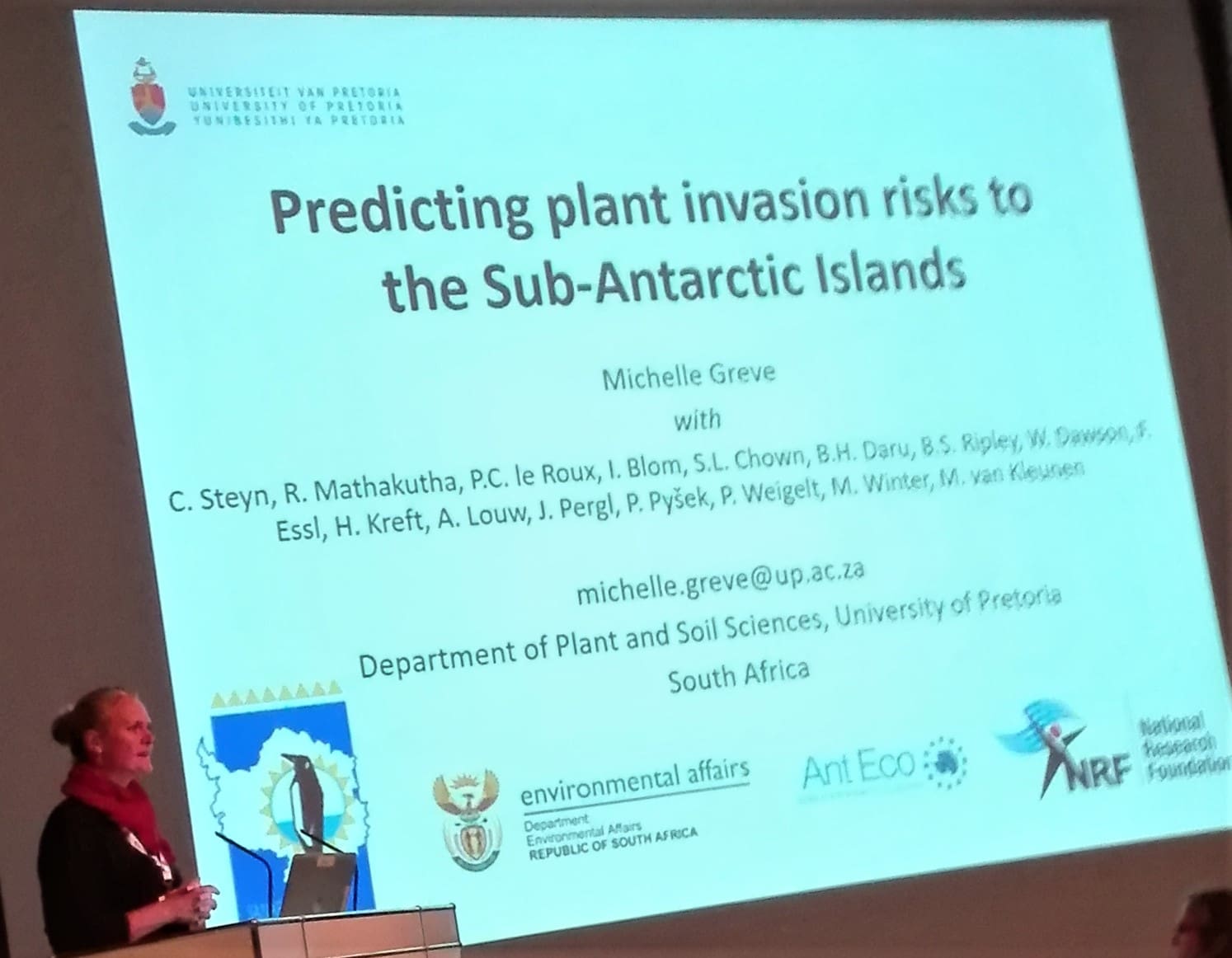 There are many things I enjoy about my career. I am always learning more, and by conducting research, I am also contributing to new knowledge. As an ecologist, I enjoy the opportunities to see wild places all over South Africa and beyond, to understand how they function, and to hopefully contribute to their protection and appropriate management. I have also met, and made friends with, many wonderful, kind and intelligent people through my work. I especially enjoy the interactions I get to have with students: it is rewarding to see them develop skills and self-confidence, and learning from them as people who possess different world views from me, have skills different to mine, and in many cases overtake me in their scientific skills and knowledge.
There are many things I enjoy about my career. I am always learning more, and by conducting research, I am also contributing to new knowledge. As an ecologist, I enjoy the opportunities to see wild places all over South Africa and beyond, to understand how they function, and to hopefully contribute to their protection and appropriate management. I have also met, and made friends with, many wonderful, kind and intelligent people through my work. I especially enjoy the interactions I get to have with students: it is rewarding to see them develop skills and self-confidence, and learning from them as people who possess different world views from me, have skills different to mine, and in many cases overtake me in their scientific skills and knowledge.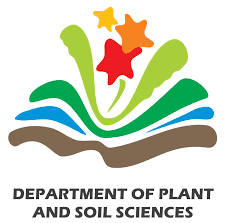
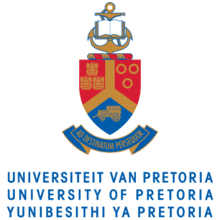
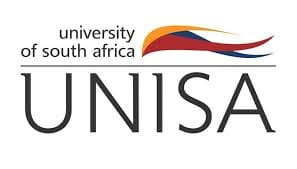
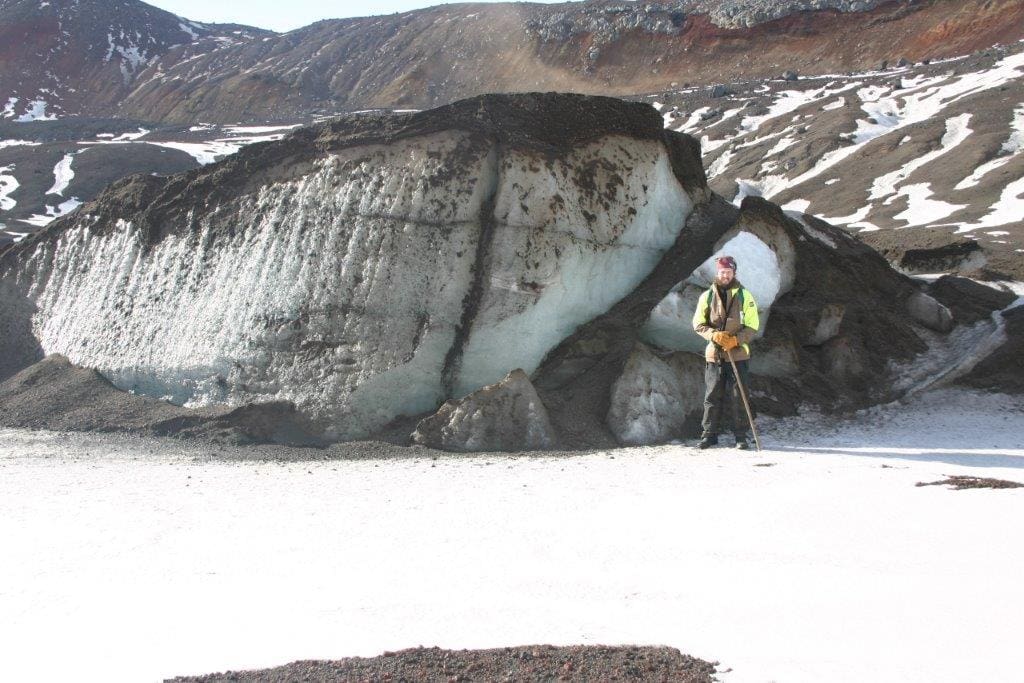 David William Hedding was born in Johannesburg and grew in Benoni on the East Rand (please don’t hold it against me) before going to boarding school in Pretoria. After a year in Ireland, I returned to study for a BSc in Geoinformatics at the University of Pretoria but it wasn’t long before the call of the mountains ignited my passion for geomorphology. This led to a switch into a BSc (Hons) in Geography to focus on physical geography. This is where it all started and I spent most of 2003 on field trips to the Drakensberg, Lesotho, Namibia as well as Marion Island where I conducted my first real piece of
David William Hedding was born in Johannesburg and grew in Benoni on the East Rand (please don’t hold it against me) before going to boarding school in Pretoria. After a year in Ireland, I returned to study for a BSc in Geoinformatics at the University of Pretoria but it wasn’t long before the call of the mountains ignited my passion for geomorphology. This led to a switch into a BSc (Hons) in Geography to focus on physical geography. This is where it all started and I spent most of 2003 on field trips to the Drakensberg, Lesotho, Namibia as well as Marion Island where I conducted my first real piece of 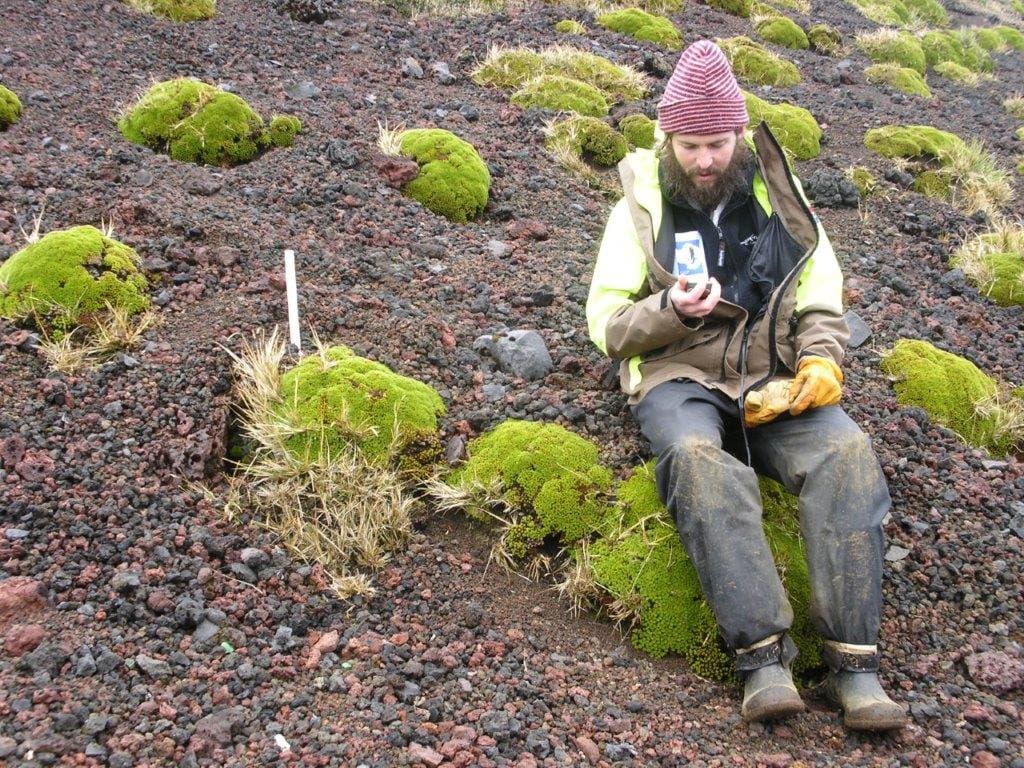
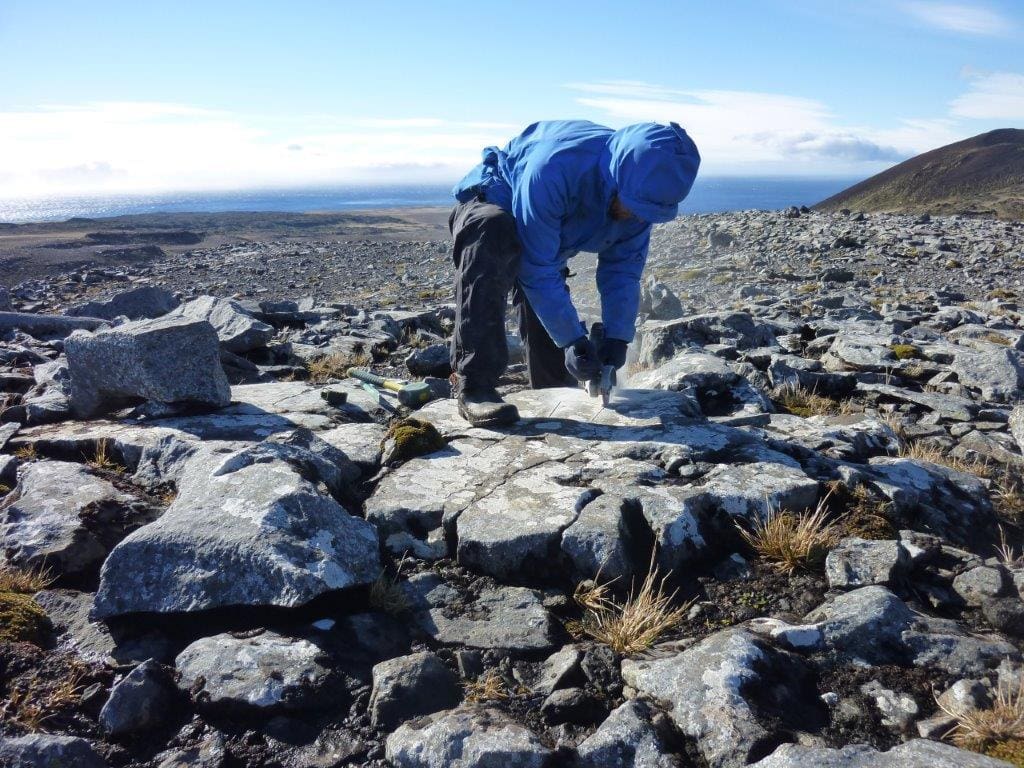
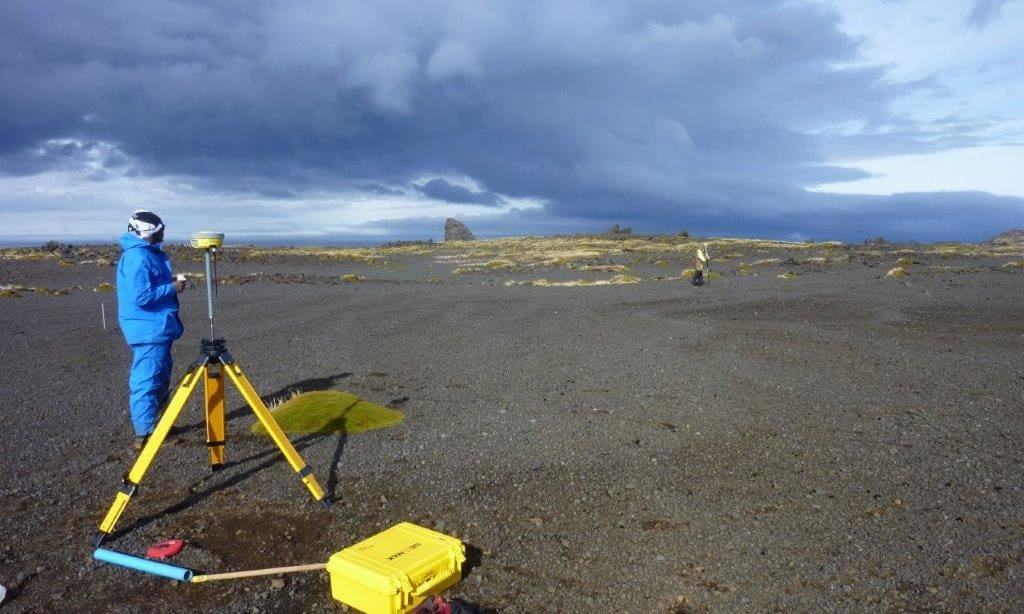
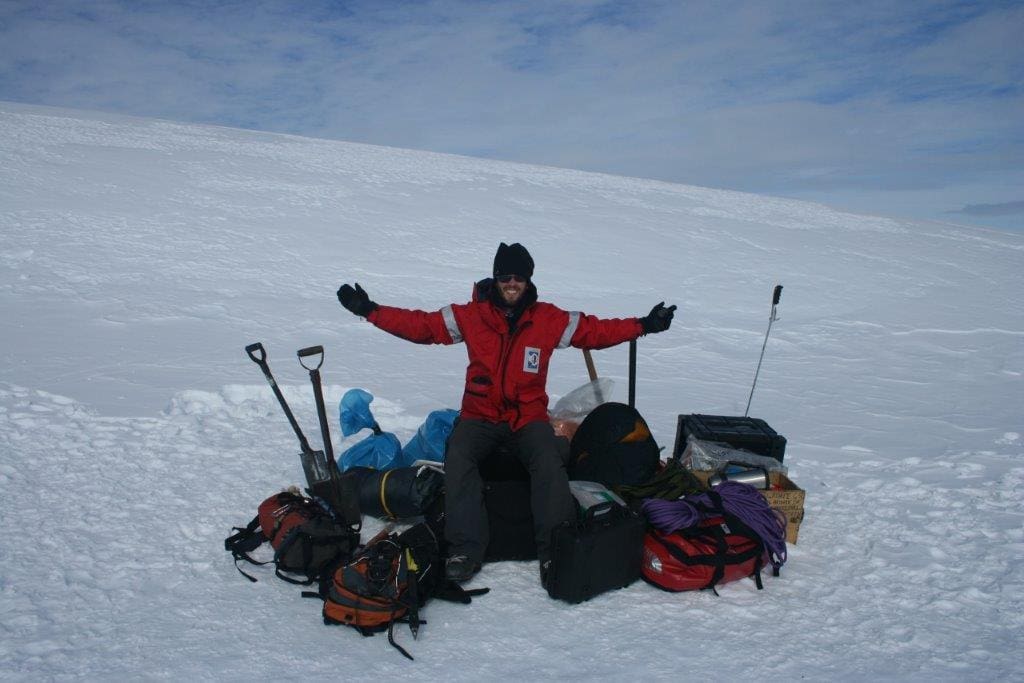
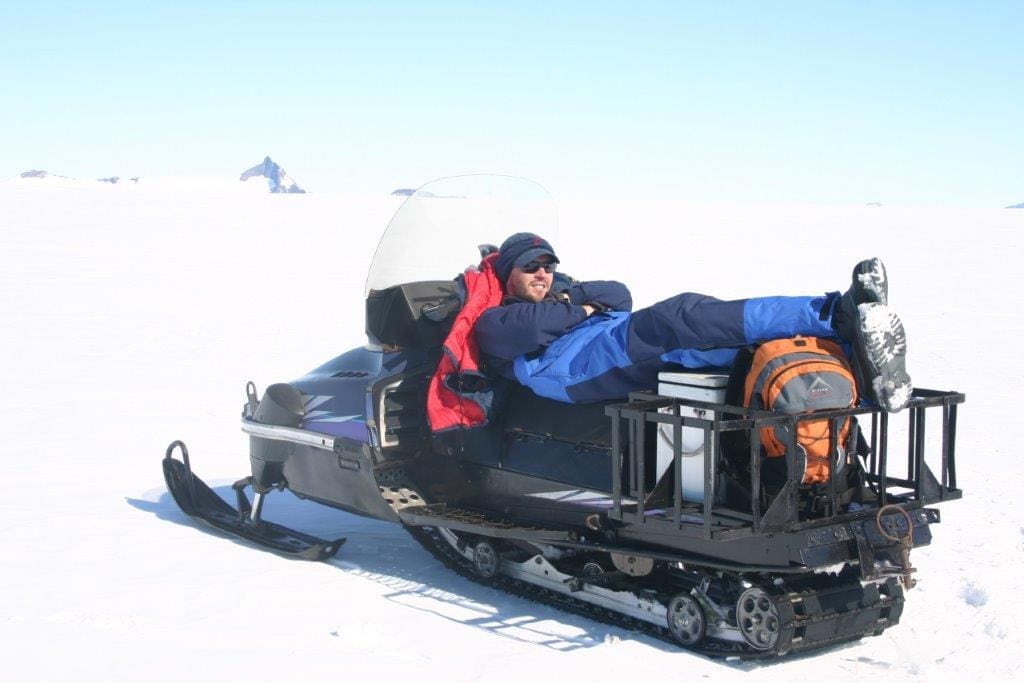

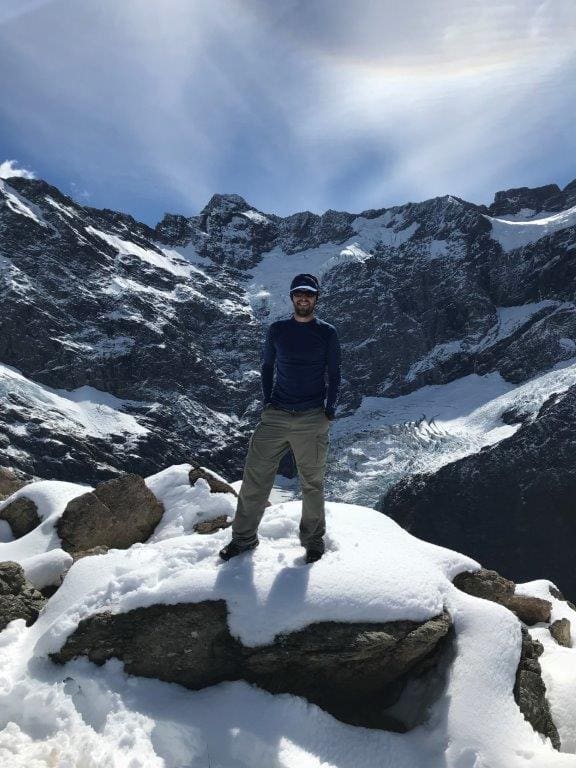
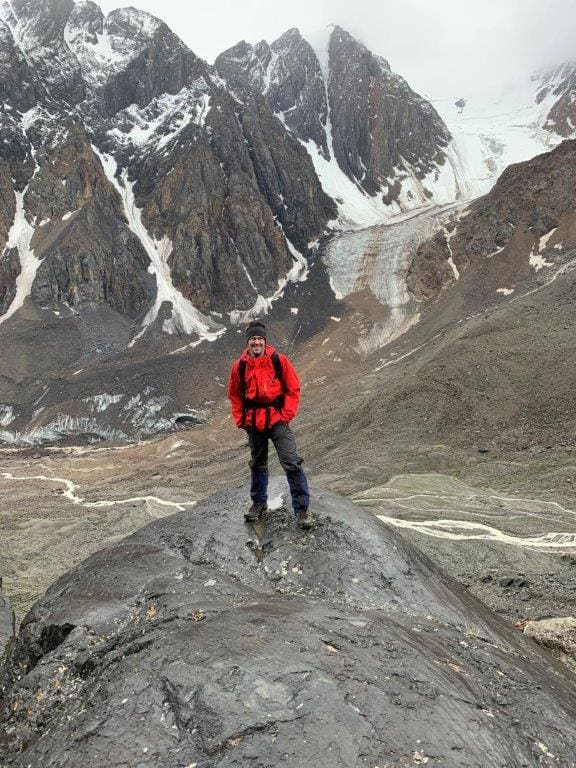

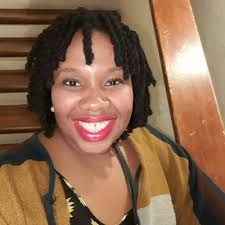
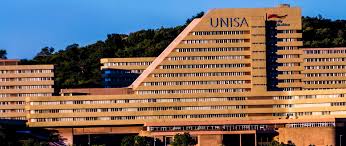

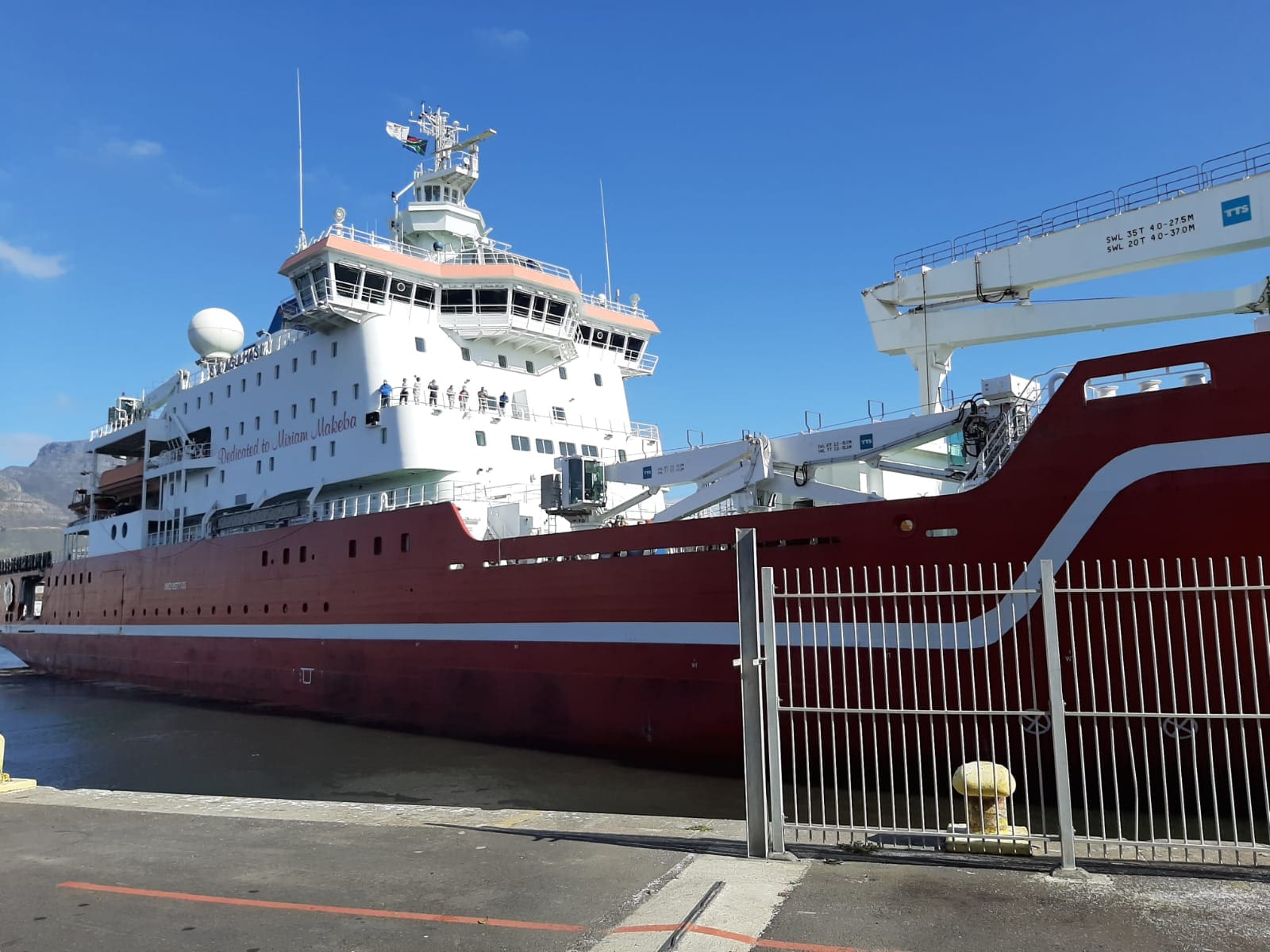 It is the first time in the history of the National Antarctic Programme of South Africa(SANAP) that there were no family and friends to wave farewell to
It is the first time in the history of the National Antarctic Programme of South Africa(SANAP) that there were no family and friends to wave farewell to 







